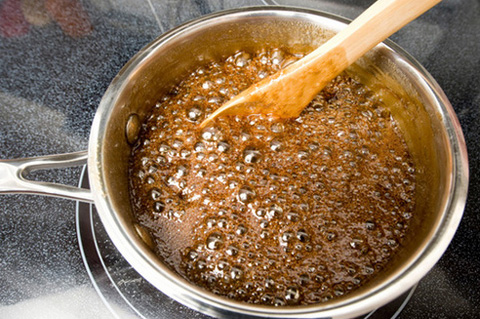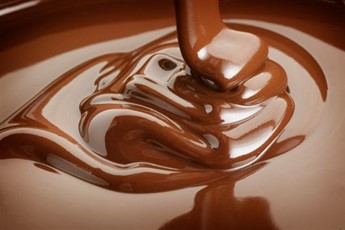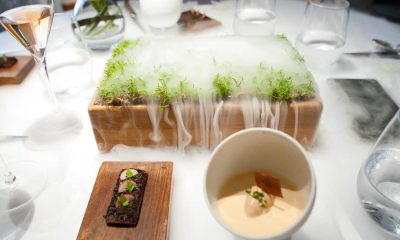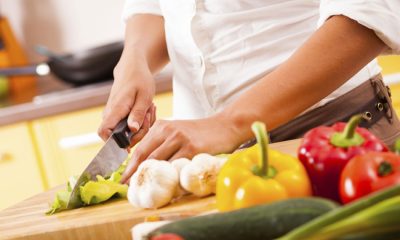Hacks
15 Common Cooking Mistakes and How to Avoid them
Cooking is a form of art and for those of you who cook, you know exactly what we mean when we say there is a lot that goes behind a perfectly created dish. Pain, sweat, blood and tears. Well, not so much, but you get the gist.
But have you ever had that day where you feel like you’ve done everything right, painstakingly perfect and yet your dish is just mediocre? Don’t worry, we have all been there and done that. To make sure, that never happens to you or us again, we have come up with a list of common food and cooking mistakes that will help you make your life in the kitchen much easier and create the perfectly delicious dish!
1. Shelling Eggs
Eggs can be a tricky business especially when you want that perfectly shaped, boiled egg and what you get is broken mess of an egg. Try the Columbus method to shell your egg the right way!
2. Over-Softening of Butter
Your cookies are crumbling and your cakes are too dense and you can’t fathom why because you did everything right. Did you forget to leave the butter out and then put it in the microwave to soften them up quickly? Well, that’s just it then. Too-soft butter means your cookie dough will be more like batter, and it will spread too much as it bakes and lose shape. Butter that’s too soft also won’t cream properly with sugar, and creaming is essential to creating fluffy, tender cakes.
To get right consistency of butter, leave it out at room temperature for about 30 to 45 minutes. In case you are hard-pressed for time, cut up the butter into tablespoon sized portions.
3. Your meat just isn’t cooking right
Is the outside of the meat over-cooked and inside is rare? It’s because you pop the meat right onto the pan or grill after taking it out from the refrigerator. Meats will cook much more evenly if you allow them to stand at room temperature for 15 to 30 minutes (depending on the size of the cut) to take the chill off.
4. Burning Caramel
It isn’t as hard as burning water but burning caramel is actually quite easy and heart-breaking. Next time throw in a little water and tons of patience.
Adding ¼ cup of water per cup of sugar dissolves the sugar uniformly and slows boiling, providing more control as you look for that honey-gold color. Use a light-colored stainless steel or enamel saucepan and a candy thermometer.
To make the caramel, cook the sugar and water, without stirring (or absolutely minimal stirring, if you must), over medium-low heat until golden and fragrant, about 335°. With experience, you’ll learn to trust color more than temperature.
5. Scrambled eggs are chewy and rubbery
Everyone’s scrambled eggs taste varies but the one thing that nobody wants is dry and rubbery eggs. Try Gordon Ramsay’s scrambled eggs method. No matter how you like your eggs, you will love this one.
6. Rice is always gooey or seems overcooked
Rice soaks in water like there’s no tomorrow. And your probably using the good ol’ 2:1 ratio. 2 Cups of water for one cup of rice seems right? No it’s wrong. The best way to cook rice is the pasta style. Add loads of water and when the rice is done, drain out the excess water. Additionally, you could also try sauteing the rice in olive oil for about two minutes before you put to boil. The oil forms a protective layer around the rice making sure they don’t stick to each other to create gooey rice.
7. Boiling and simmering are two very different methods
Do you boil when you are asked to simmer? or vice versa? When you’re asked to simmer, simmer. Just because boiling works faster doesn’t mean your dish will turn out better. In fact, it could have the opposite effect.
8. Don’t turn food too often
This is all important lesson. Do not turn your food or fret over your dish too much. Learn to leave your food alone.
We know its tempting, but your breaded chicken or steak won’t develop a nice crust unless you allow it to cook, undisturbed, for the specified time.
9. Overcrowding the pan
Food releases moisture as it’s cooked, so leave room for the steam to escape. It’s easy to overcrowd a pan when you’re in a hurry, particularly if you have to brown a large amount of meat. But don’t its important to let your food have its space.
10. It’s important that your pan is hot
If you have’t cooked a lot before, you’re probably used to placing the pan and them dumping the ingredients all in. Then what happens? Nothing. No sizzling, no aromatic release from the ingredients, nothing. It’s because your pan isn’t hot enough. It will also help to prevent food from sticking.
11. Over-heating of milk products
Have you ever seen curd or milk curdle making your dish grain-like? Well, that’s overheating of the diary product you are using. The solution is to cook lower-fat dairy products to a temperature of only 180° or less.
Use a clip-on thermometer, hover over the pan, and heat over medium-low or low heat to prevent curdling. You could also add starch to stabilize the milk.
12. Melted Chocolate looks like A Grainy Gump
This is because you overheated the chocolate. Melted chocolate is supposed to have a smooth, creamy, luxurious consistency and you can achieve that by removing the chocolate from the pan before its fully melted and stirring till you get your desired consistency.
13. Taste as you go
It’s important to taste as you are making your dishes to figure out if the flavours and consistency are just the way you like it. If it isn’t you can figure out what to change to make it the way you want it.
14. Read the entire recipe before you start cooking
Do not go through your recipe line by line, cooking as you go. It’s important to understand the whole picture. Even the best-written recipes may not include all the headline information at the top. A wise cook approaches each recipe with a critical eye and reads the recipe well before it’s time to cook.
15. Boiling Potatoes
Use the ice method to perfect peel boiled onions.































